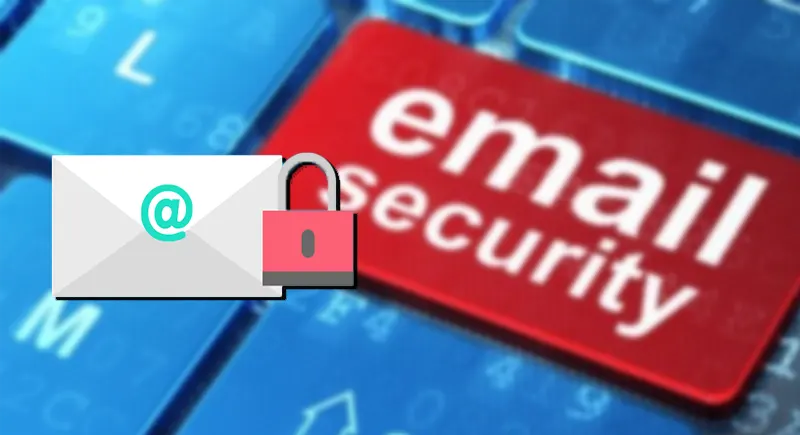Email communication has become a primary medium for professional and business relationships in today’s digital age. When businesses buy an NZ email hosting service, they give their communication more power, creating a reliable email foundation.
Though security is a part of email hosting services, adopting self-email security best practices ensures high-level safety and integrity.
In this article, we will understand some of the best email security practices that complement your domain hosting in NZ for your business.
Email Security Best Practices
1. Internal Training for Better Email Security
The best practice for email security involves training and updating your employees about it. You need to ensure that your employees are regularly updated about your corporate security policies, their roles and any threats that they may encounter. Creating awareness regarding security ensures complete email protection for better safety and integrity of business communications.
2. Adopting Strong Password Policies
Adopting strong password policies means ensuring that every level of your organisation has standard password policies in place. This means not just creating rules for passwords but also ensuring they are regularly updated.
Adopting a complex password that has at least eight or more characters is best. Ideally, your password must be a mix of uppercase letters, lowercase letters, numbers, and symbols, which make it hard to crack.
3. Make use of Two Factor Authentication.
Ensuring your email is password protected doesn’t always ensure its security. The best email security policy should involve more than a strong password, like two-factor authentication.
Adopting two-factor authentication offers an additional layer of security as it verifies access with the help of a one-time password. Therefore, even if somehow the hacker cracks the password, the additional layer of two-factor authentication offers an extra barrier that prevents any kind of unauthorised access.
4. Setting up SMTP Authentication
Simple Mail Transfer Protocol (STMP) is an authentication mechanism that verifies users’ identities as it uses an email server to send emails. When SMTP is enabled, the authentication stops any unauthorised user from sending mail through your server.
This email security decreases the risk of spamming or any other kind of misuse.
5. Adapt MTA STS
Mail Transfer Agent Strict Transport Security (MTA STS) is a strict security protocol that encrypts and protects email communication against intermediary attacks. This ensures that there is no chance of eavesdropping, ensuring secure email transmission.
To implement MTA STS, you need to configure your email server to support the protocol and publish the policy in DNS records. This way, other email servers ensure verification of your server authenticity, allowing secure connections when emails are sent and received.
6. Encryption Connection
Encryption means that your email content is transferred into code that can only be read by the intended recipient. This is done using a unique decryption key, which makes it difficult for any unauthorised party to access the content in your mail, even if they somehow manage to intercept it.
Most secure email providers offer encryption as a built-in feature. If your provider doesn’t offer that, then you can go for third-party encryption tools to secure your email communications.
Conclusion
Email security best practices are important for being prepared against email-based threats. We live in a digitally evolving space where threats evolve faster than technology. By adopting these simple security practices and staying up to date with them, you not only protect your data but also contribute to a secure email environment as a whole.










